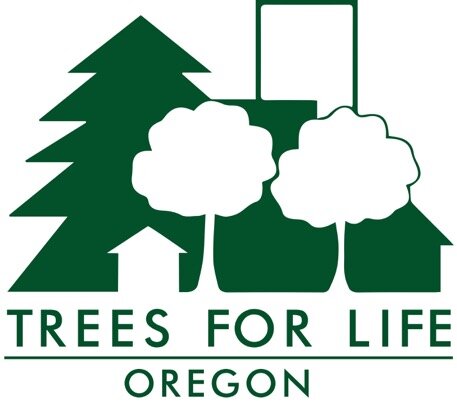PBOT’s Final Pedestrian Design Guide Better Prioritizes Trees
Many thanks to everyone who testified orally or in writing at PBOT’s April 4, 2022 public hearing on its draft Pedestrian Design Guide! The groundswell of testimony really did make a difference. The positive changes that PBOT made vis-à-vis space for trees in this document validate that community input matters. See PBOT’s summary of changes here and more about the PDG’s tree-related changes, including the hearing video, here. The new guide will be effective as of July 1.
While not perfect, this PDG is light years apart from the previous document in elevating the role of trees and providing opportunities and encouragement to make space for them and to include them in future street and ROW improvement projects.
It is significant that PBOT increased the minimum furnishing zone width from 4 feet to 6 feet on local streets outside Pedestrian Districts (see B.1.3.2); according to PBOT, these streets comprise about two-thirds of the city's street miles. Other positives: PBOT reduced the allowable hardscape within continuous planting strips from 50 percent to 25 percent, and increased the width of curb bump-outs for trees, though these bump-outs likely won't happen given the guide’s lack of teeth. Also, the Urban Forest Management Plan has been added as a relevant document for PBOT planners to consult.
Room for Improvement
The language in the guide still contains too many “shoulds” and “encourages” and not enough “musts” and “shall” when providing space for larger trees. And for Pedestrian Districts, PBOT is retaining the woefully inadequate (for large trees) 4-foot minimum furnishing zone width as a general rule, even on sides of streets without high voltage overhead wires.
PBOT failed to revise the guide to require implementation of additional or alternative provisions to make space for large trees, especially in the context of smaller furnishing zones or proposed curb-tight sidewalks. It’s unclear how these creative design approaches will be incentivized and will ever evolve from alternative to mainstream approaches.
Despite these shortcomings, the important revisions that PBOT did make underscore how vital it is that tree, climate, and equity activists remain actively engaged in Portland City policies and practices.
